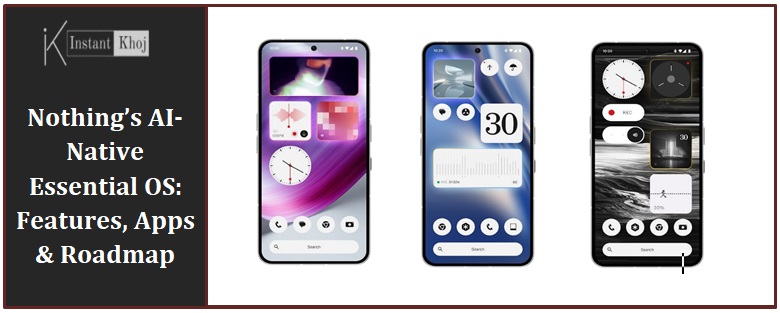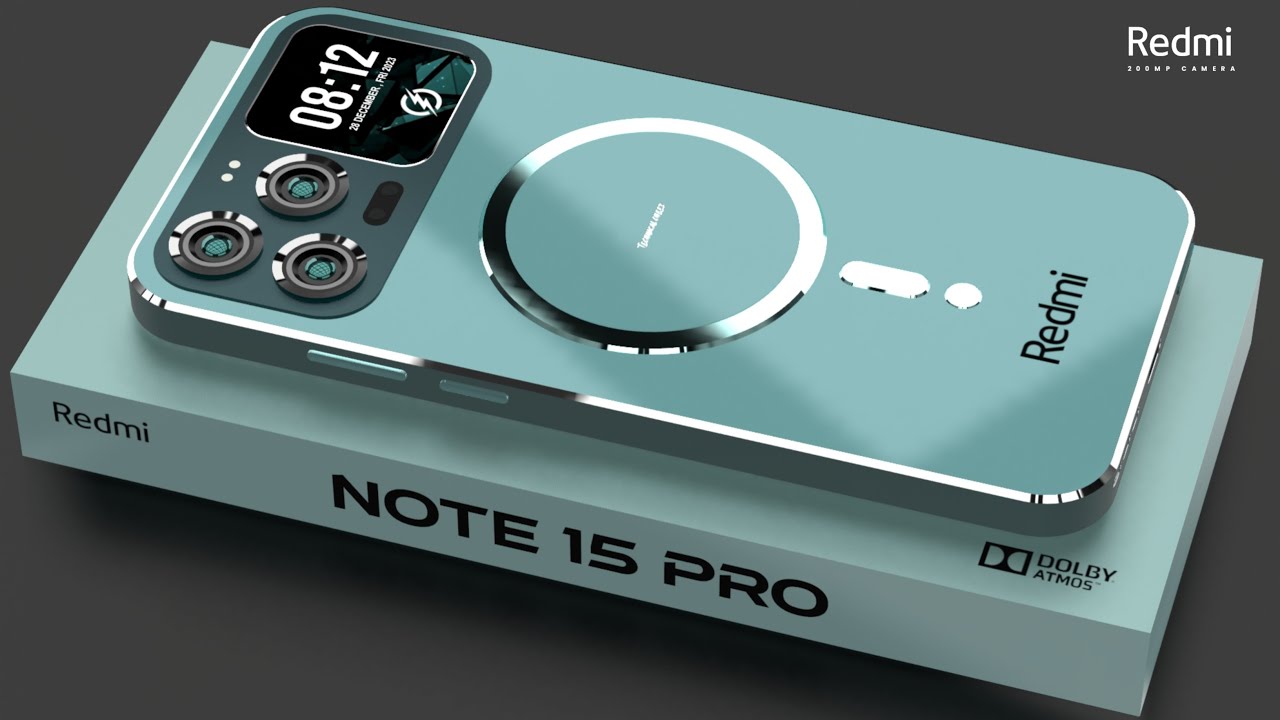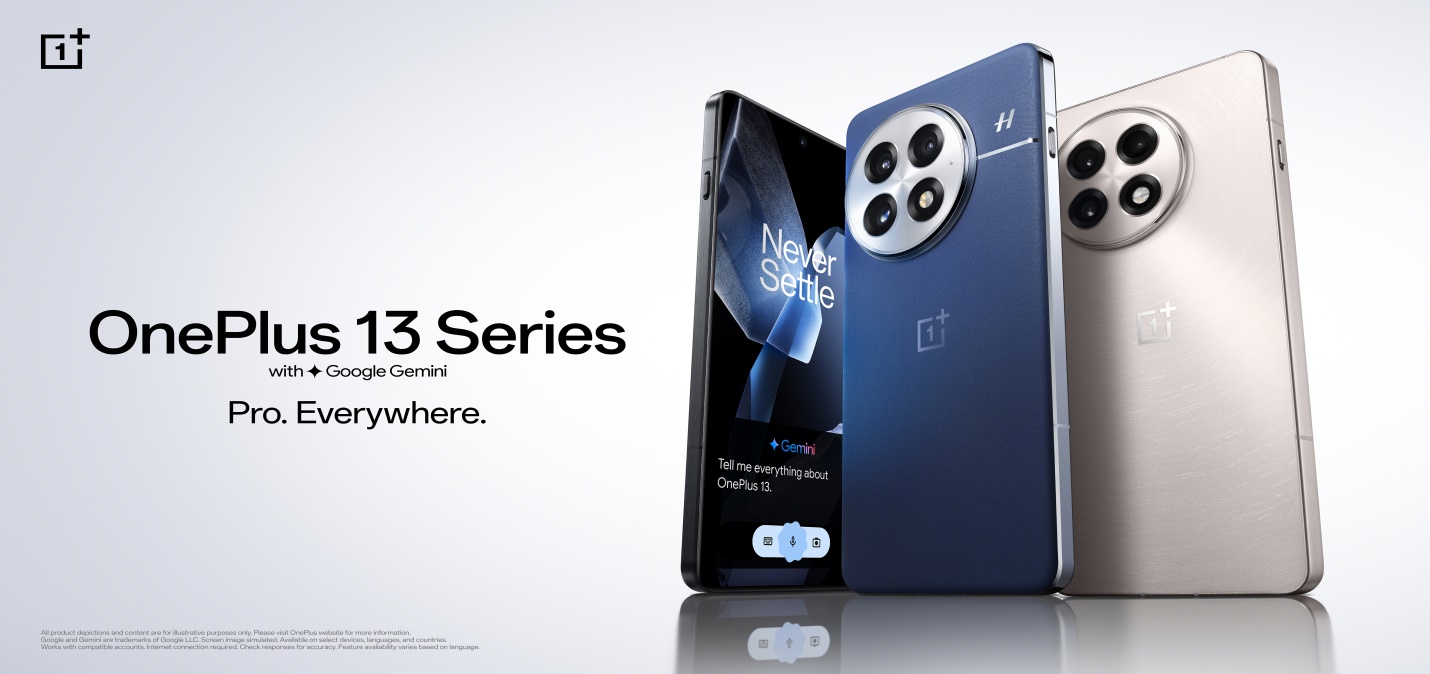Introduction: Wait — Nothing’s doing this now?
Look, I know what you’re thinking: “Nothing — as in no stuff? What are they up to now?” But yeah, folks, the tech brand Nothing just dropped something pretty bold: they’re pushing toward what they call an AI‑native Essential OS and a suite of apps under the “Essential” umbrella. Sounds futuristic, right?
What does all that mean? Think of a phone experience that doesn’t just react — it anticipates. Think apps you create by describing them. Pretty wild. As of late September 2025, this isn’t fully live yet — it’s more of a roadmap with early launches. Still, we’ve already got tangible pieces like Essential Apps, Essential Space, and a thing called Playground. And trust me, this is going to reshape how you think about your smartphone.
So here’s the deal: I’m going to walk you through what nothing is doing (pun intended), what’s real now, what’s coming soon, and what to be skeptical of. Let me tell you — you’ll want to stick around.
What do they mean by “AI‑native Essential OS”?
“Essential” is the branding, not magic
First off: Essential is a brand under Nothing. It’s how they’re bundling all their AI efforts together. According to Nothing’s site, Essential is their “first step towards an AI operating system.” But here’s the catch — last I checked, it’s not a full OS replacement yet. It’s still built on top of Android.
So “AI‑native Essential OS” is more of a vision than a finished product — they want your device to adapt itself, personalize, even generate apps for you. But Android is still doing the heavy lifting underneath.
The long game: personalized OS per person
Carl Pei, Nothing’s cofounder and CEO, has talked about a future where every user might have a slightly different OS — tailored to their habits, desires, context. They even floated a timeline: the fully AI‑native OS, in its mature form, might arrive in the first half of 2027. And before that, expect devices in 2026 that are more AI‑native (not just smartphones) to help catalyze that shift.
What’s live now? The building blocks (and what works, what’s meh)
To bring the vision to life, Nothing has already shipped (or is shipping) some interesting features. Some are cool, some need work. Let’s break them down.
Essential Space: Your AI “second memory”
This is one of the most tangible things you can use today. Nothing launched Essential Space with the Phone 3a series in March 2025. The idea: you press the Essential Key (a physical button on the side) — screenshot, voice note, whatever — and it dumps that into a space that the AI can help you organize, summarize, retrieve.
Recent updates added stuff like Google Calendar sync, improved editing of AI‑generated content, and Flip‑to‑Record, which lets you flip the phone to record meeting notes.They also added Camera Capture in the Phone 3a to directly save camera shots to Essential Space with notes.
But — and you knew there’d be a “but” — it’s not perfect. The AI sometimes misinterprets, errors crop up, and some features are limited to specific models. Also, no web or PC version (yet) — it’s all on device.
Essential Apps + Playground: build your apps via prompts
Here’s where things get spicy. The concept is: you explain what you want (“Hey, make me an app that takes receipts from my photos and makes a PDF each Friday”) and the system (via AI) builds it. These are initially widgets you can add to your home screen. Playground is the “store” or community repository of these user‑created tools.
At launch, there were about 40 Essential Apps in Playground (clock, flight gate reminders, Big Eyes, etc.). On the Phone 3, with Nothing OS 4 beta, you can host up to 6 widgets. On other models, limit is 2.
Right now, it’s early, experimental, and buggy — but full of potential. Over time, they hope those widgets give way to full‑screen apps created on the fly.
What about Nothing OS itself: versions, updates, and what’s planned
Nothing OS is the existing Android skin used by Nothing devices. As of late 2024, they shipped Nothing OS 3.0 based on Android 15, with AI enhancements like a smart app drawer, a new Gallery app, and better widget/customization features. In 2025, they did incremental updates — OS 3.1 (Camera Capture in Essential Space) and OS 3.5 (which added Flip‑to‑Record, Glyph Matrix, stability fixes, etc.).
Looking ahead, they plan to roll out Nothing OS 4.0 (alongside Android 16), with features like AI dashboards, dual floating apps, refined UI, transparency around AI, etc. That’s a stepping stone toward the full AI‑native OS vision.
The big questions: what works, what’s risky, what you should watch out for
How powerful (or limited) is this today?
Honestly? It’s promising but limited. Essential Space is interesting, but not flawless. Users report AI misreads, missing integrations, and platform locks.Essential Apps are fun — but they’re just widgets now, not full apps. And only supported on newer phones.
Device support: which phones get it, which don’t
Right now, many of these features are limited to newer models, especially Phone 3, Phone 3a series.The original Nothing Phone 1 is excluded from some AI functions because it doesn’t get major updates anymore. Users on older devices might not see Essential Space or AI features.
Privacy, data, and “AI doing stuff for you”
Whenever there’s AI interpreting your content, notes, images, etc., privacy becomes a concern. Nothing hasn’t fully fleshed out how data is stored, whether processed locally vs. in the cloud, etc. I didn’t find solid public guarantees yet. (The latest info suggests they want transparency in OS 4.0’s AI dashboard features.) Always smart to keep an eye on permissions, what gets uploaded, etc.
Is this just marketing hype?
Yes and no. The “AI‑native OS” claim is bold, and some of it is visionary rather than delivered. Many tech observers point out that Nothing is not tossing out Android — they’re building on it. The hype is high. Whether they hit all their timelines (2026, 2027) … that’s uncertain.
Why this matters (and why you should care)
-
Personalization unleashed: If they pull it off, your phone won’t just be your tool — it becomes a tailored companion.
-
Democratizing app creation: Not everyone’s a coder, but you might describe what you want and have it built.
-
Creator economy shift: Playground could create new modes for folks to build tools, share, remix.
-
Platform competition: This challenges how Apple, Google think about OS lock‑in and app stores.
-
Hardware evolution: To power on‑device AI, new chips, architecture, sensors are critical. Nothing hints it’s gearing for that.
Basically, this is one of those inflection moments — if they succeed (or even partially succeed), we’ll talk differently about smartphones in a few years.
FAQ — Your burning questions, answered (as best as I can)
Q: Is this “Essential OS” replacing Android?
A: Not yet. As far as I know, Essential is built on top of Android. Android handles the low‑level stuff, while Essential (and AI layers) sit above.
Q: What’s the difference between Essential Space and Essential Apps?
A: Essential Space is a hub for capturing and organizing content (screenshots, voice notes, etc.). Essential Apps are custom widgets (or future small apps) generated by AI via user prompts.
Q: Do I need a new Nothing phone to use this?
A: Yes, mostly new models. Older phones (like Phone 1) might miss many AI features.
Q: When will full apps (not just widgets) be possible?
A: They say the long-term goal is full apps, not just widgets. But I’m not seeing a firm date — likely beyond 2027.
Q: How many “Essential Apps” can I run at once?
A: On Phone 3 (with OS 4 beta), up to 6 widgets; on many other models, just 2.
Q: Is my data safe? Does Nothing process it in the cloud?
A: That’s unclear. Nothing has not fully disclosed whether all AI is local or cloud. The upcoming OS 4.0 is expected to include dashboards for transparency. Good idea: monitor permissions, privacy settings.
Q: Why are some users reporting AI features not working?
A: It’s early, buggy, region‑locked. Some users say Essential Search or AI search doesn’t show up, or breaks after updates.
Q: When will the AI‑native OS fully launch?
A: Early hints point toward 2027 for a mature version, with some AI‑native devices (not necessarily phones) possibly in 2026.
Q: Should I switch to a Nothing phone now just for this?
A: If you like experimentation, sure. But don’t expect everything to work perfectly yet. If you want stability over innovation, waiting might be wiser.
Final thoughts
So yeah — Nothing unveils AI‑native Essential OS and apps is more than a headline. It’s a glimpse at a potential future where your phone isn’t just a tool but a reflexive partner. But it’s also half baked right now. The building blocks (Essential Space, Essential Apps, OS updates) are live, quirky, promising.
Here’s what I’m watching: how fast they improve AI accuracy, how many phones they support, how transparent they are with data, and when full app generation happens. If they hit even half that, smartphones will never feel the same.
Also Read:
Xiaomi 17 pro max: price, launch in India, features & specs
iOS 26 Features & Update Guide for Every iPhone User
FollowMultimediaonInstantkhoj for more latest stories and trending topics.




